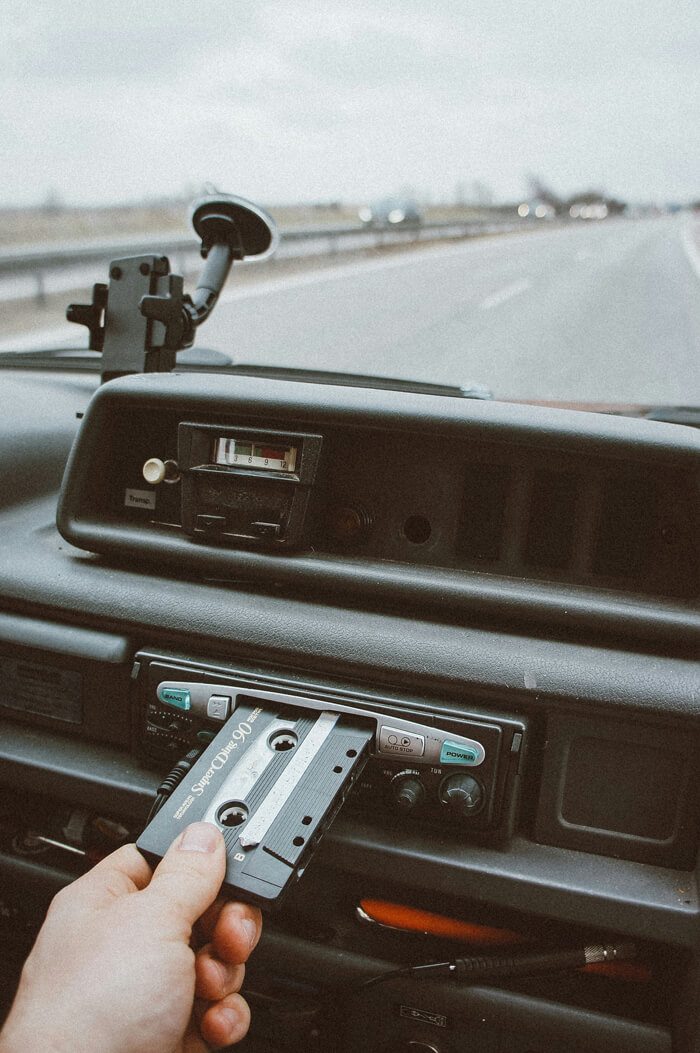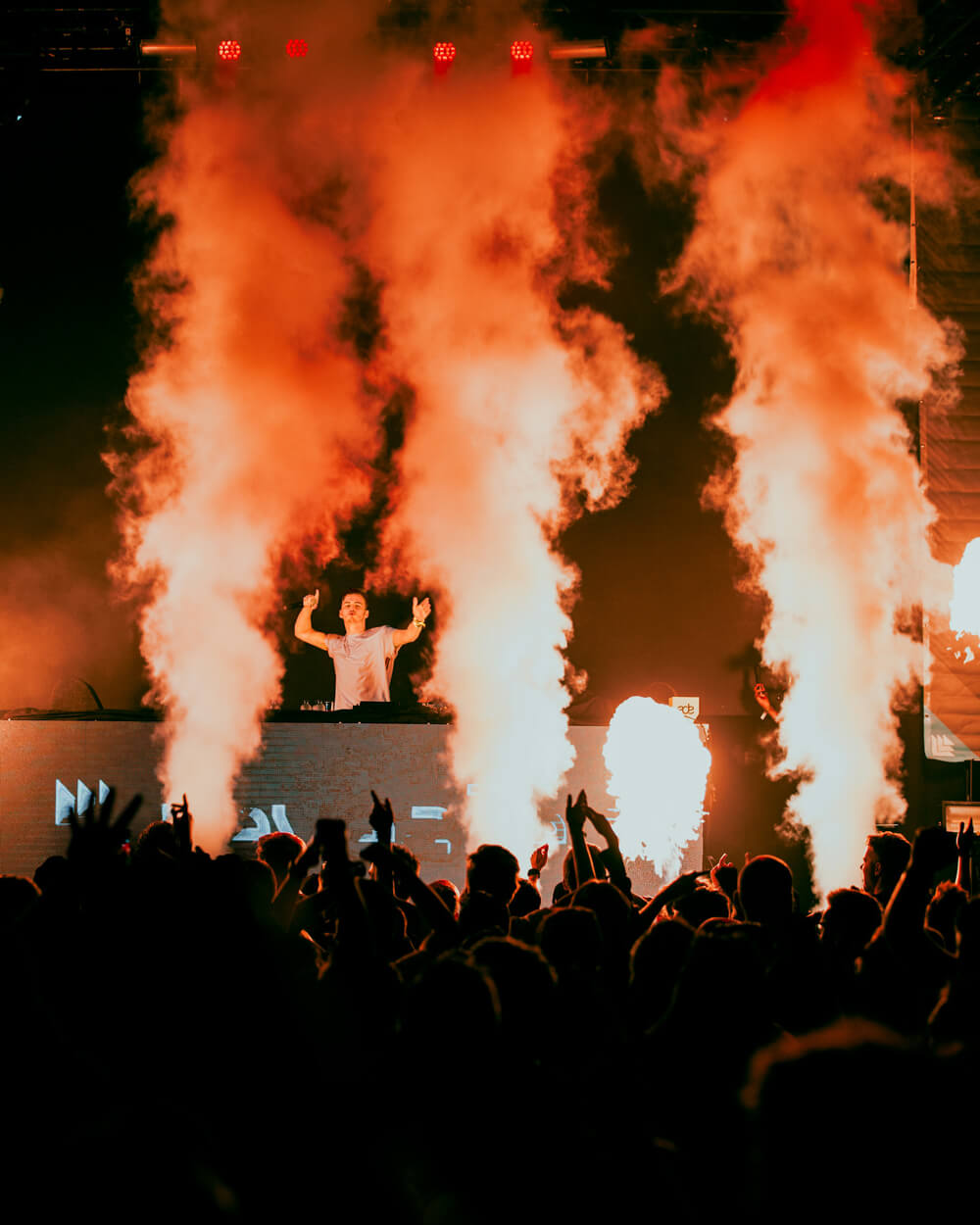
The Role of Event Audio Recordings in Sound Clash Culture
Soundclash culture, a dynamic and competitive facet of Jamaican music, has long been characterized by its electrifying live events. Sound systems—groups of DJs, engineers, and MCs—compete to outdo each other by playing exclusive tracks, or “dubplates,” and by energizing the crowd. A crucial yet often underappreciated element of this culture is the role that event audio recordings play in preserving, propagating, and amplifying the impact of these clashes.
Preservation of Musical History
Audio recordings of sound clashes serve as invaluable archives, capturing moments in musical history that might otherwise be lost. Since sound clash is an inherently live and ephemeral experience, these recordings are often the only way to document the creativity, energy, and atmosphere of a particular event. They capture the music and interactions between the selectors (DJs), the MCs, and the audience. These recordings serve as historical artifacts, preserving the evolution of sound clash culture over time, including the emergence of new styles, sounds, and techniques.
“They have played a pivotal role in building and sustaining the global sound clash community, turning fleeting live performances into enduring cultural landmarks.”
Propagation of Sound Clash Culture Globally
In an era before the internet and social media, audio recordings were the primary means of sound clash culture spreading beyond the immediate vicinity of the events themselves. These tapes would be shared, copied, and circulated among fans, eventually reaching far-flung corners of the world. This global dissemination helped to build an international community of clash enthusiasts who could experience the vibrancy of the Jamaican sound clash scene even if they were thousands of miles away.
Moreover, these recordings have played a critical role in introducing new audiences to sound clashes. Whether through mixtapes, bootlegs, or later digital downloads and streams, the availability of clash recordings has allowed the culture to transcend geographical boundaries, inspiring new generations of sound systems in places as diverse as the UK, Japan, and Europe.
Educational Value for Sound Systems
For aspiring sound systems, listening to audio recordings of past clashes is akin to studying game tapes in sports. These recordings provide a wealth of knowledge on what works and doesn’t in a clash environment. They offer insights into crowd dynamics, how to sequence tracks for maximum impact, and the importance of mic control and timing. By analyzing these recordings, up-and-coming selectors and MCs can refine their techniques and develop their unique styles.
In some cases, legendary clashes have set benchmarks for a successful performance, and studying these recordings becomes a rite of passage for any serious sound system. The most iconic moments—such as when a sound system “kills” its opponent with a particularly devastating dubplate—are dissected and emulated by future generations.
Building Legacies and Mythologies
Audio recordings have also contributed to the mythos surrounding certain sound systems and clashes. When a clash is recorded and shared, it becomes part of the public domain, subject to the scrutiny and admiration of fans worldwide. This can significantly enhance a sound system’s reputation, solidifying its place in the annals of sound clash history.
The recordings also help immortalize certain clashes, turning them into legendary events that have been referenced and revered for years. For example, the infamous 1994 clash between Bass Odyssey and Kilimanjaro remains one of the most talked-about events in sound clash history, mainly because of the widespread distribution of its audio recording. The ability to relive these moments through recordings helps to sustain the culture’s vibrancy and keeps the stories alive.

Economic and Commercial Impact
The demand for clash recordings has also created an economic ecosystem within the sound clash community. Collectors and fans often seek out rare or vintage recordings, sometimes paying significant sums to acquire them. Sound systems have monetized their clash recordings by releasing them as official mixtapes or digital downloads, providing a revenue stream that complements their live performances.
Furthermore, the availability of recordings can increase a sound system’s marketability. A system that consistently delivers high-energy, crowd-pleasing performances captured in recordings can build a loyal fanbase, leading to more bookings and higher fees. In this way, audio recordings are cultural artifacts and valuable commercial assets.
The Digital Era: Accessibility and Challenges
With the advent of digital technology and online platforms, the role of event audio recordings has evolved. Today, clashes are often live-streamed or immediately uploaded to platforms like YouTube, SoundCloud, or specialized reggae websites. This has made sound clash culture more accessible than ever, allowing fans worldwide to experience clashes in real-time or shortly after that.
However, this increased accessibility comes with challenges. The saturation of recordings can lead to an overload of content, making it harder for individual clashes to stand out. Additionally, the instantaneous nature of digital media can sometimes diminish the sense of anticipation and exclusivity that once surrounded the release of clash recordings.
Nevertheless, the digital era has also democratized sound clash culture, allowing smaller or lesser-known sound systems to reach wider audiences through their recordings. It has also fostered more significant interaction and engagement within the sound clash community, with fans and selectors able to discuss and critique clashes in online forums and social media groups.
Event audio recordings are:
- The lifeblood of sound clash culture.
- Preserving its history.
- Spreading its influence.
- Shaping its future.
They have played a pivotal role in building and sustaining the global sound clash community, turning fleeting live performances into enduring cultural landmarks. As sound clash continues to evolve, these recordings will remain an essential part of the culture, ensuring that the energy and creativity of the clash experience resonate far beyond the confines of the dancehall.
Subscribe to newsletter
You may also like
The Psychological Toll of Sound Clash: How Pressure and Competition Impact Mental Health
In the world of sound clash—a high-stakes, adrenaline-filled musical battlefield—the audience on
The Phenomenon of Sound Clash Lock-offs: A Deep Dive into Dominance
Following the recent lock-off victory by King Animosity over Innocent Sound, the sound clash scene h
Crafting the Perfect Anthem Dubplate: A Guide for Sound Systems
Dubplates hold a revered place in the heart of sound system culture, especially within the competiti



